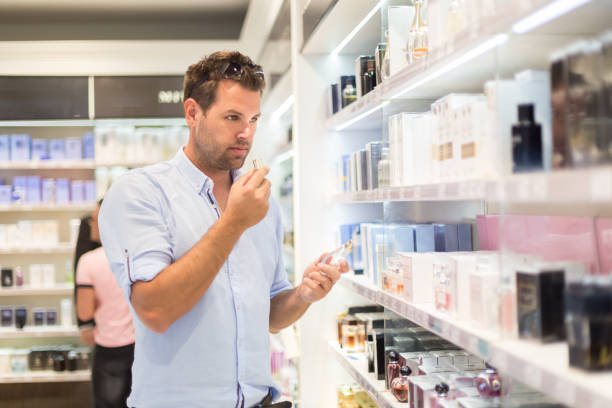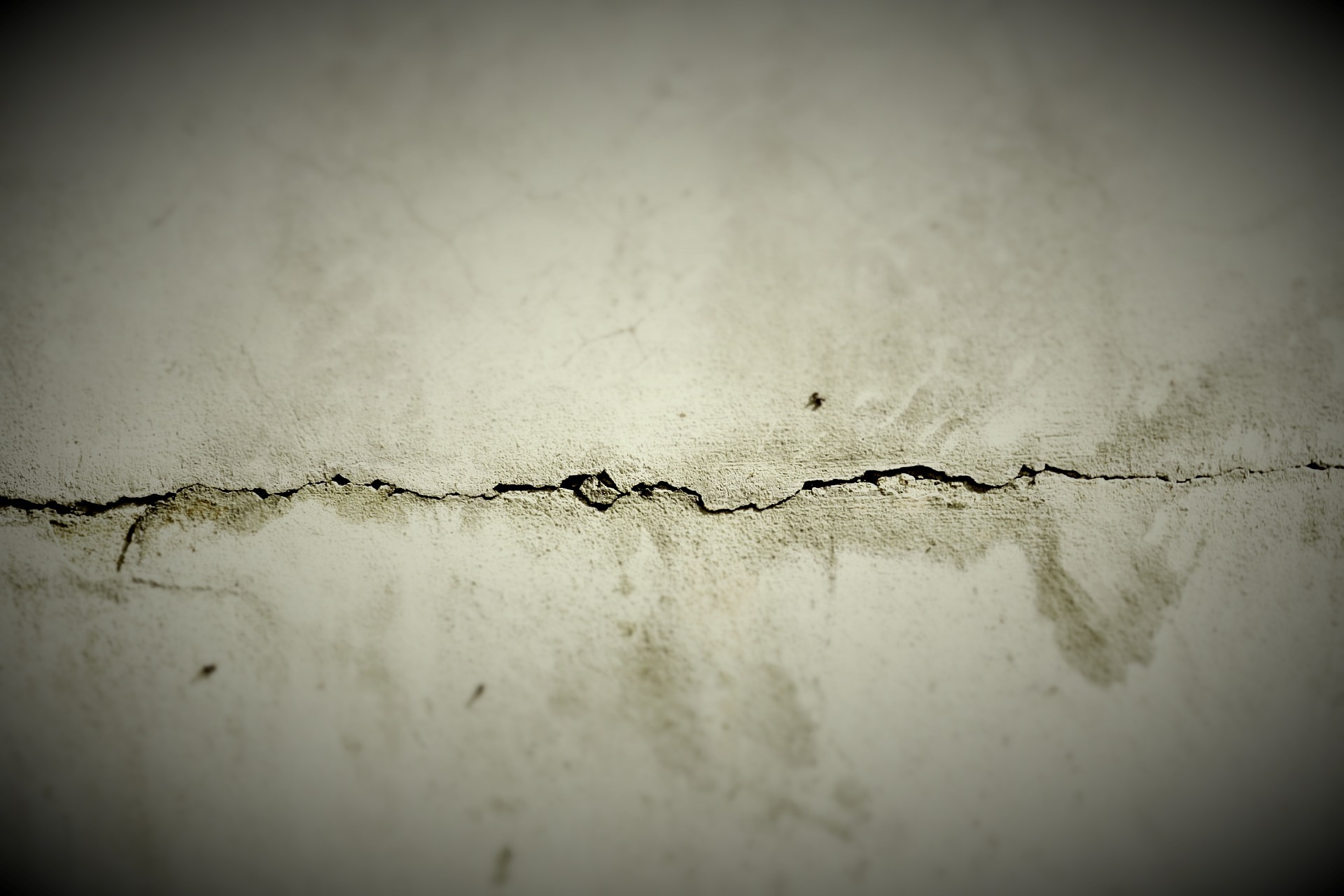The Art and Science of Perfumery: A Deeper Exploration into Fragrances
Perfumery, the artful blending of scents, has long been an important aspect of beauty and personal grooming. It is a field that marries art and science, evoking emotional responses while also requiring a sophisticated understanding of chemistry and botanicals. This skill has been valued across cultures and throughout history, from the ancient Egyptians who used fragrant oils for religious rituals, through the Middle Ages when scents were used to mask unpleasant odors, to today's modern perfume industry. Yet, despite its long historical lineage, the craft of perfumery remains vibrant and innovative, constantly evolving to meet the changing tastes and preferences of the global consumer.

Historical Roots and Cultural Significance
Perfumery has deep historical roots that traverse the globe. The first documented use of perfumes comes from the ancient Egyptians, who used aromatic oils for religious and burial rituals. The Greeks continued this tradition, with philosophers like Theophrastus even penning treatises on the subject. The Romans, with their public baths and grand villas, took the use of scents to another level, using them not just for personal grooming but also for ambiance.
In the Middle East, the use of incense and fragrant oils dates back thousands of years, and the region is often credited as the birthplace of modern perfumery. The rise of Islam, with its emphasis on cleanliness, further cemented the importance of fragrances in the region.
In Asia, particularly in China and Japan, incense played a central role in religious ceremonies and was also valued for its therapeutic properties.
The Emergence of Modern Perfumery
The modern perfume industry began to take shape in the late 19th century, with the development of synthetic aroma compounds. These compounds allowed perfumers to create fragrances that were not reliant on natural ingredients, which could be prohibitively expensive or inconsistent in quality.
This was the era of iconic perfumes like Chanel No. 5, which broke with tradition by not attempting to mimic a particular flower, but rather aiming to create a complex, multi-dimensional scent. The perfume was revolutionary, and it marked a new direction in perfumery that embraced abstraction and imagination.
Trends and Impact in the Modern Era
Today, the perfume industry is a global phenomenon, with a market size valued at USD 31.4 billion in 2019, and expected to reach USD 40.8 billion by 2025. The sector has seen several trends emerge in recent years, including the rise of niche or artisanal perfumes, a growing interest in unisex fragrances, and an increasing focus on sustainability.
The impact of perfumery extends beyond the economy. Fragrances play a crucial role in fashion, helping to define the identity of a brand or designer. They also have a significant cultural impact, shaping and reflecting societal norms and values. For instance, the trend towards unisex fragrances reflects a broader societal move towards breaking down gender norms and embracing fluidity.
The Artistry and Science of Perfumery
Perfumery is a craft that requires both artistic flair and scientific acumen. The creation of a fragrance begins with an idea or inspiration, which is then translated into a scent using a careful blend of ingredients. A perfumer must have a deep understanding of these ingredients, including how they interact with each other and how they evolve over time.
The scientific aspect of perfumery involves understanding the chemistry of scent. This includes understanding the structure of molecules, how they interact with our olfactory receptors, and how different ingredients can affect the longevity and projection of a fragrance.
The Future of Perfumery
Looking ahead, it’s clear that perfumery will continue to evolve and innovate. One area of potential growth is the use of AI in perfume creation. Companies like IFF and Symrise are already experimenting with AI to create new fragrances, a move that could revolutionize the industry.
At the same time, there’s a growing interest in natural and sustainable fragrances, driven by increasing consumer awareness about the environmental impact of their purchases. This trend is likely to continue, pushing the industry towards more sustainable practices.
In conclusion, perfumery is a fascinating field that combines art, science, history, and culture. It is a testament to our innate desire for beauty and our capacity for creativity and innovation. As we move forward, it will be interesting to see how this ancient craft continues to adapt and evolve to meet the needs and tastes of the modern world.




